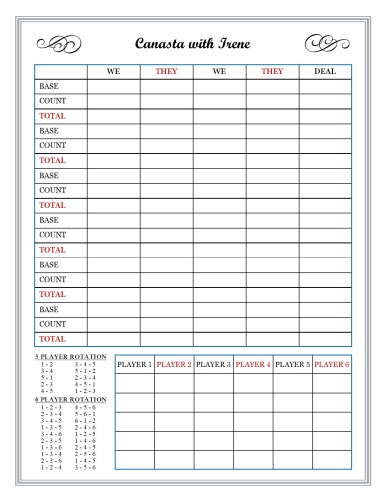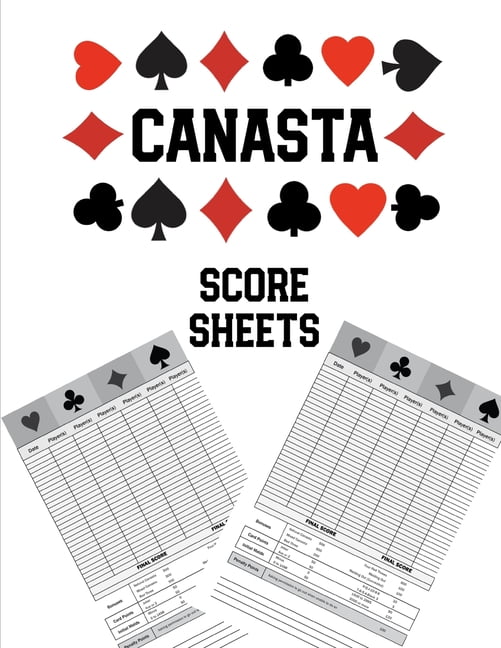

Note that a meld cannot have more Wild cards than non-Wild cards. In terms of scoring, the wild cards are scored identically to the substituted cards.Īn example of a meld using wild cards is shown below: Unlike some variations of Rummy, once a wild card is used in a meld, it cannot be removed via substitutions. In Canastas, the Jokers and 2-cards are wild cards, and can be used to substitute any card in a meld. Since there are 2 52-card decks in total, that means there are 8 cards of each rank. To create a meld, a player reveals the 3 or more cards of the same rank, placing them face-up in front of either their own hand, or their teammate. Melds must consist of at least 3-cards to be valid. Melds are combinations of cards of the same rank. The main objective of the Spanish card game Canasta is for each team to create melds, which add to the score of each team. The turn order follows clockwise, so the player to the left of the dealer goes first. The top card of the draw pile is revealed, forming the discard pile. The remaining cards are set aside, face-down, forming the draw pile.

Each player is dealt 11 cards, one at a time. The dealer is determined by deck splitting, and the player getting the highest card value will become the dealer. The following instructions are for the 4-player variant of Canasta. The standard Canasta deck consists of two 52-card Anglo American decks, and 4 Jokers. How to PlayĬanasta, much like other variations of Rummy, has different variations for different player counts, though we will be focusing on the standard 4-player variant, with players assigned to teams of two. The game is commonly played in 4-player groups, with 2 players in a partnership, and involves special rules which facilitate the focus on teamwork, while awarding careful play.

Canasta is cited as a variation of the popular 500 Rum variant. Canasta is a Spanish take on the popular game of Rummy.


 0 kommentar(er)
0 kommentar(er)
